The demand for tablets as pills or supplements is growing fast. So tablet counting machines are becoming more important. They make the tablet packing process faster and more accurate. But to keep them running well, it’s important to know how their parts work. Each part plays a key role in making sure tablets are counted correctly. This article looks at the main parts of a tablet counting machine and keep your production smooth.
- Meaning of a tablet counting equipment
- Seven main components of this machine
- Three advanced parts for option
What is a Tablet Counting Machine?
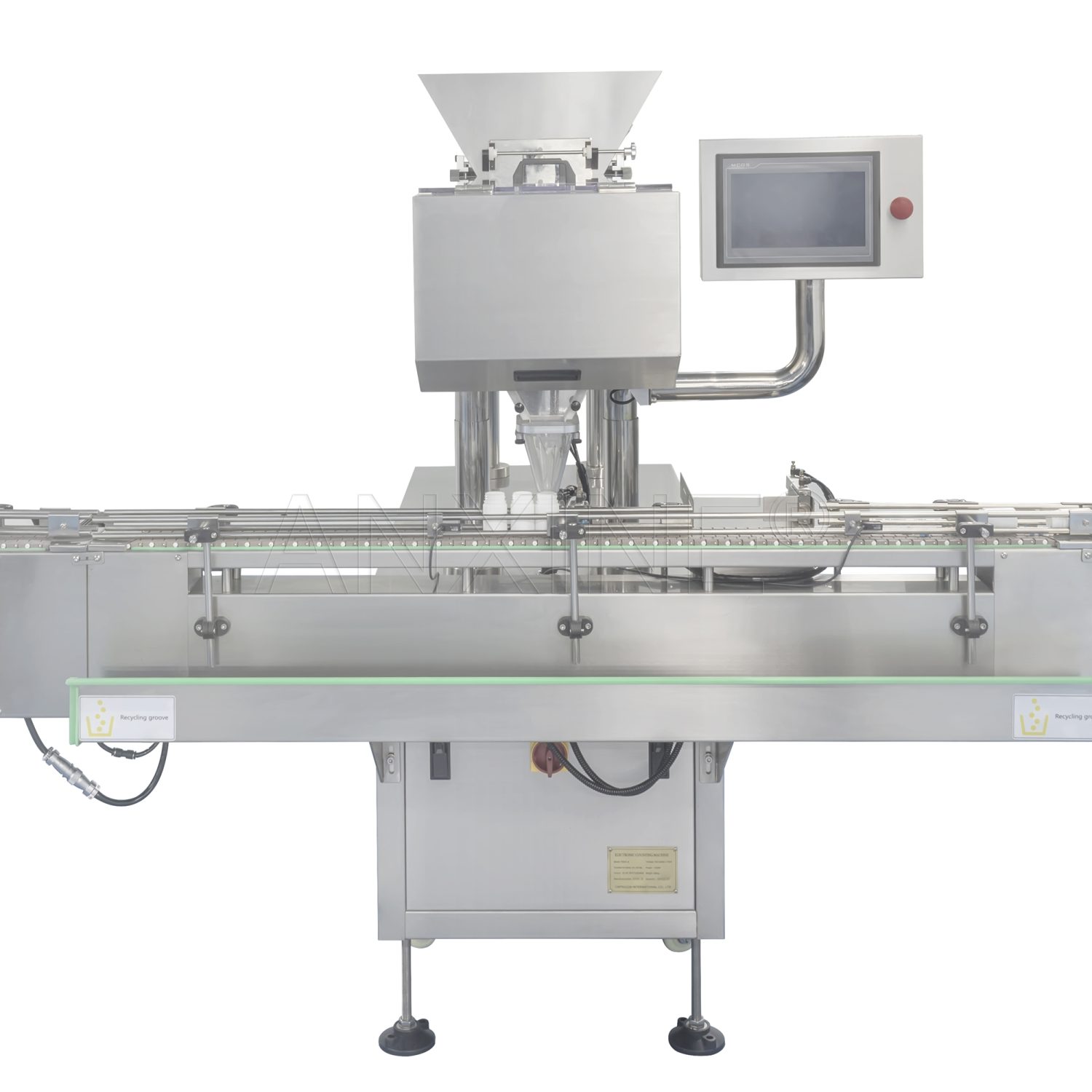
This equipment is used to count and fill tablets, capsules, or softgels into bottles quickly and accurately. It is widely used in the pharmaceutical, supplement, and healthcare industries. There are automatic pill counting machine and semi-automatic pill counting machine. Most of them could handle different shapes and sizes of tablets.
Most tablet counters work by feeding tablets from a hopper onto a vibrating plate or rotary disc. Then they are separated and aligned. Sensors then count the tablets as they pass through, and a nozzle releases them into waiting bottles. The entire process ensures that each bottle contains the correct number of tablets. This helps companies reduce manual labor and increase output.
Seven Main Parts of A Tablet Counting Machine
Each part of a tablet counting machine has a specific role. Here are some key parts you should know.
Feeding System
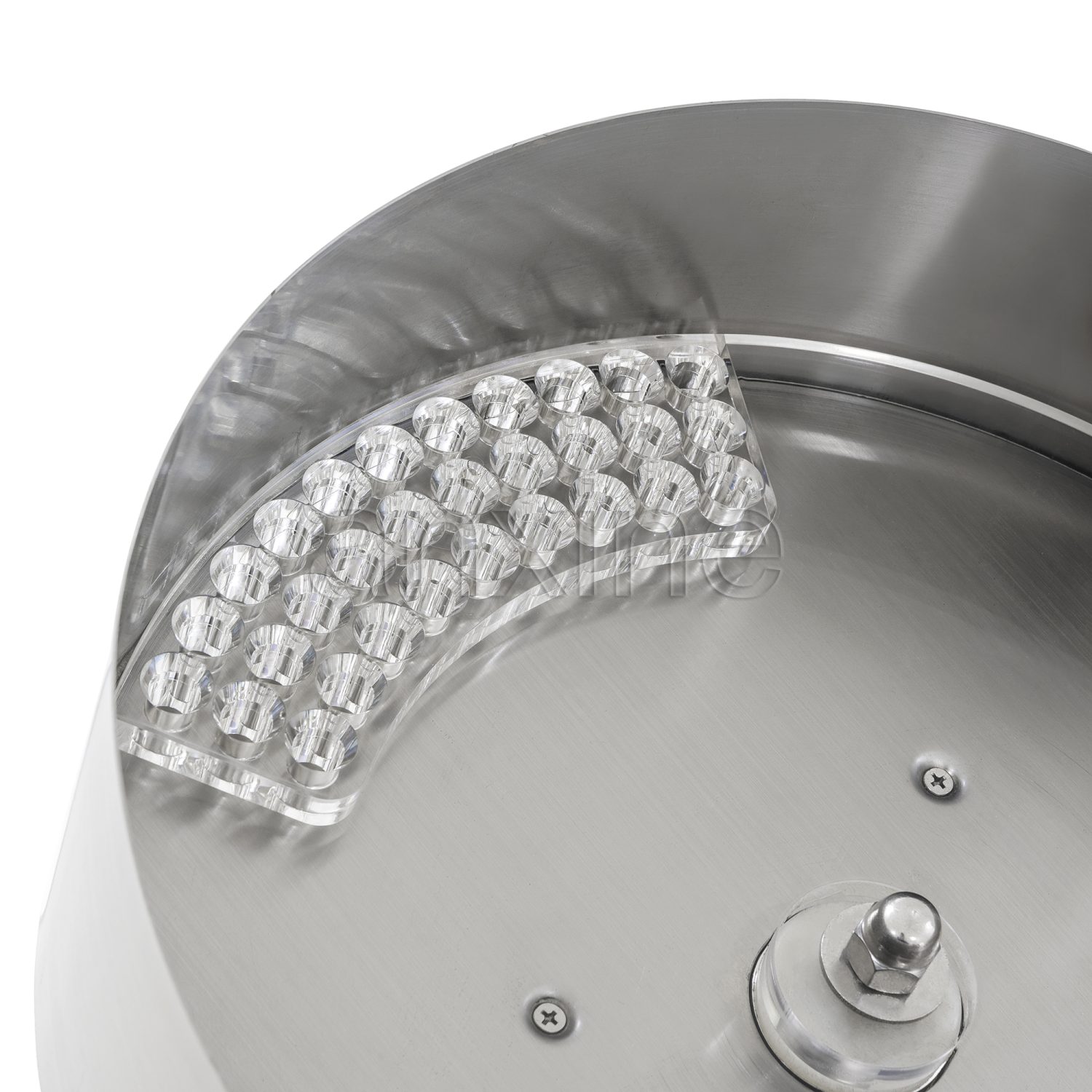
The feeding system plays a key role in a tablet counting machine. It transfers tablets from the storage hopper to the vibration tray or rotary disc. This system ensures a consistent and controlled flow of tablets. It also helps prevent clogs, overfeeding, or uneven movement. A steady flow affects the accuracy and speed of the entire counting process.
Feeding systems are usually designed to handle various tablet shapes and sizes. However, it requires some adjustments to switch between products for smooth counting.
Counting Unit
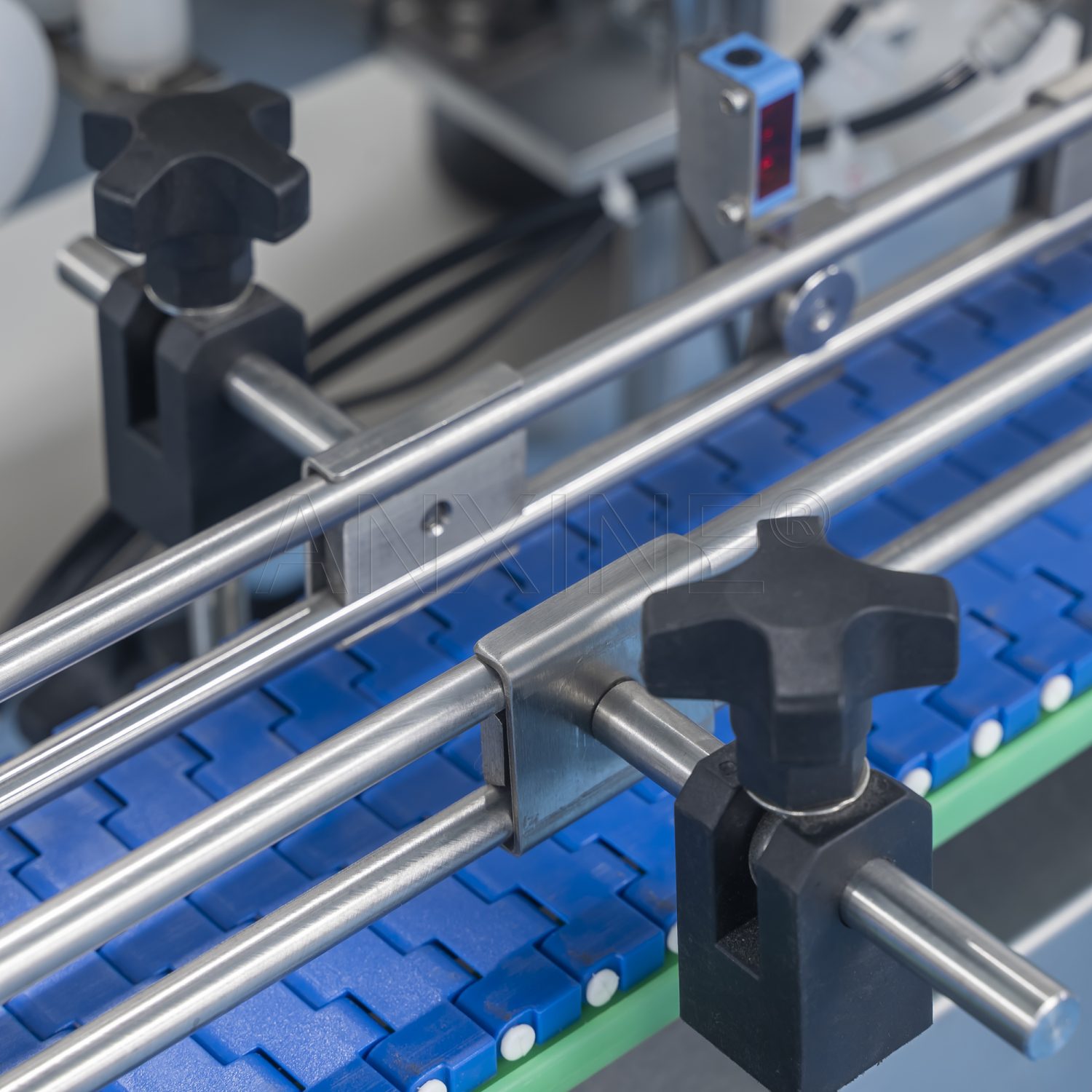
This is the core of the pill counting machine. It uses optical or infrared sensors to count each tablet as it passes through the sensing area. The system is fast and accurate, ideal for large-scale production. Still, sensors can become dirty or misaligned. It can lead to counting errors if not maintained properly. Thus, you need to clean it regularly for quick counting.
Filling Nozzle
After counting, the tablets are guided into bottles through a filling nozzle or funnel. This part helps tablets drop smoothly into the container without spilling or bouncing out. It leads to clean and accurate filling, but may clog if tablets are sticky, broken, or dusty. Regular cleaning helps keep this part working well.
Vibration Tray or Disc
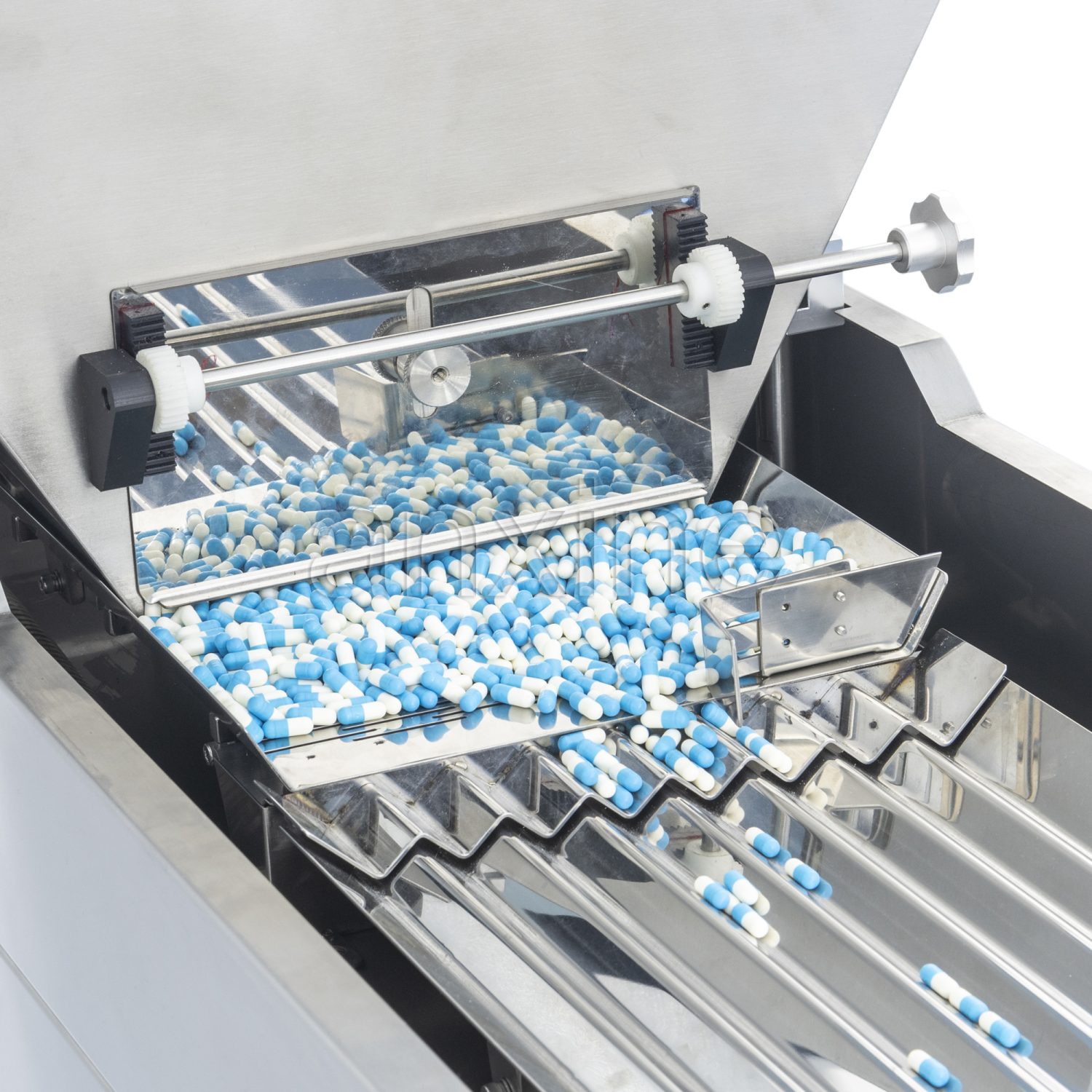
This part spreads and aligns the tablets with vibration. As tablets move along the tray or disc, the shaking motion keeps them from sticking together and helps them line up in a single layer. This allows the sensors to count them one by one. While it’s a simple and effective design, it can wear down over time. Moreover, it may need cleaning or replacement to avoid issues.
Control Panel
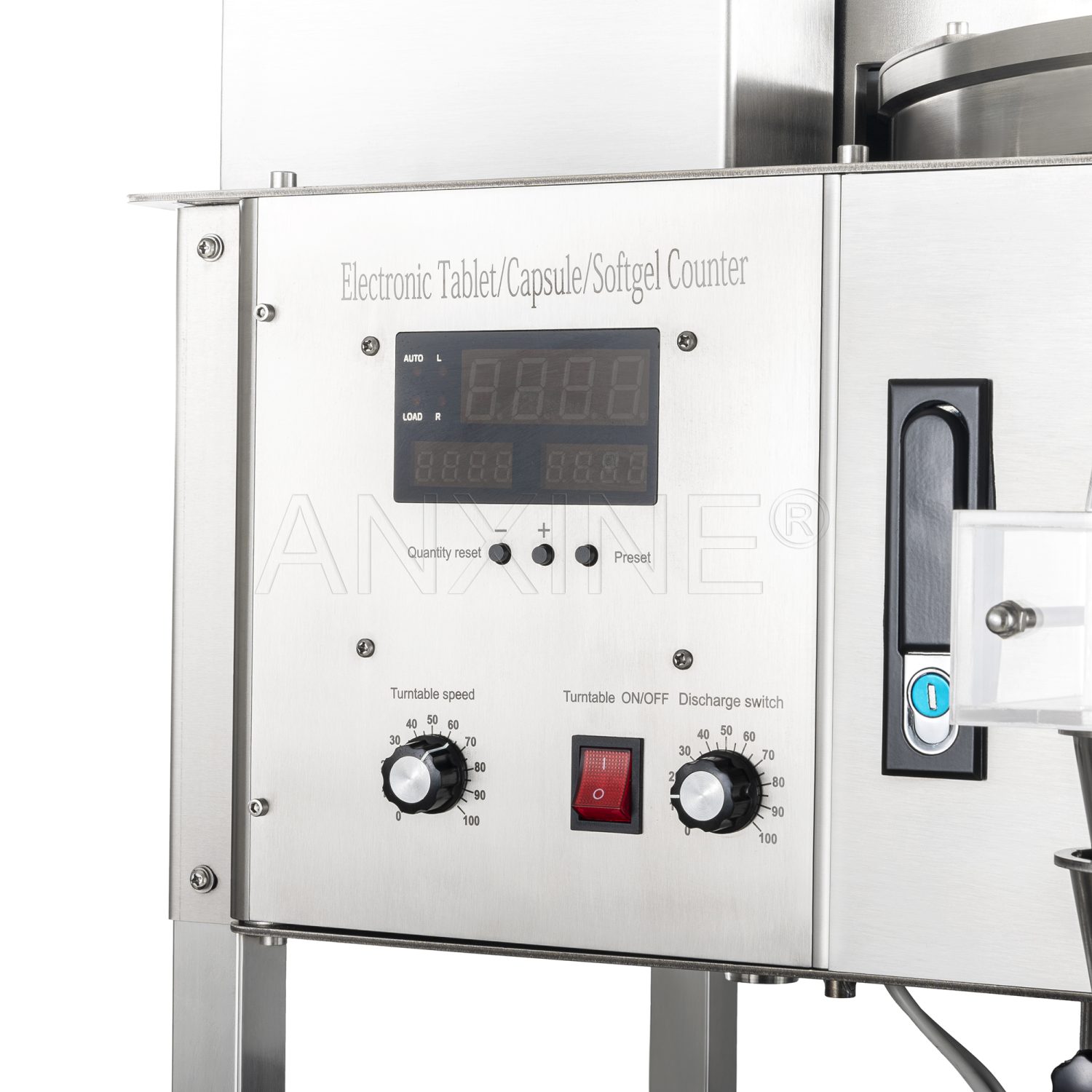
The operator uses the control panel to set batch sizes, control speed, and check the operation. Most modern machines use a touchscreen interface. It is easy to use and allows for quick changes. It may also store different product settings for future use. Although user-friendly, this part can become unresponsive if overused or damaged.
Conveyor System
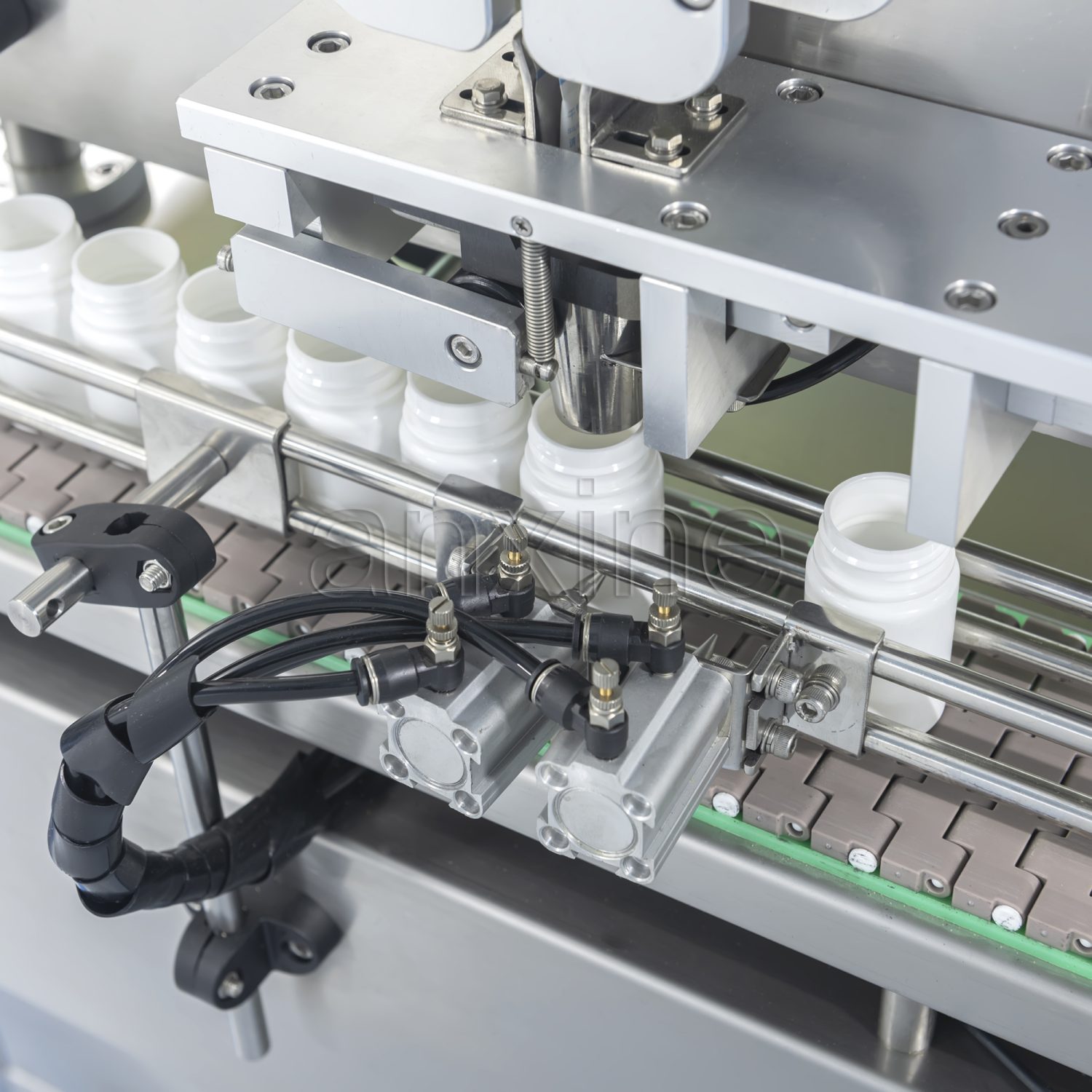
The conveyor system moves bottles into position once they are filled. It works simultaneously with the counting process to keep production moving. This reduces manual handling and speeds up packaging. However, if the conveyor is not adjusted properly, bottles can tip or become misaligned.
Sorting mechanism
A reject or sorting mechanism removes broken tablets, miscounts, or wrongly filled bottles. This maintains quality and prevents defective products from reaching the market. This part needs to be correctly calibrated to work properly. Otherwise, it may result in false rejections. While useful, this feature may not be included in all models. It is usually only available in mid- to high-end machines.
Three advanced parts for a tablet counter
If you want to upgrade your machine, here are some components for consideration.
Dust collection units
This part could maintain a clean working environment during tablet counting and filling. When tablets move across the vibration tray or drop through funnels, they often release powder or fragments, especially if the tablets are coated or slightly brittle. This dust can build up inside the machine, interfere with sensors, and even contaminate the surrounding area.
A dust collection unit uses suction or vacuum systems to remove airborne particles from the working zones. This not only protects the machine’s internal parts but also improves air quality for workers. However, these units may increase maintenance requirements since their filters need to be cleaned or replaced regularly.
Anti-static devices
In dry environments or when working with film-coated tablets, static electricity can always occur. It causes tablets to stick together or to machine surfaces. It would lead to clumping and counting errors. Anti-static devices, such as ionizing air bars or brushes, could be added to neutralize static charge on both tablets and machine components. This improves flow consistency and reduces tablet sticking on vibration trays or funnels. They are especially useful when handling sugar-coated or plastic-based capsules.
Multi-lane counting modules
For higher output, machines can be fitted with dual-lane or multi-lane counting modules. Instead of counting tablets for one bottle at a time, these systems can count for two, four, or more bottles simultaneously. This greatly increases production capacity in a limited space. Each lane typically has its own sensor and nozzle. You can set their parameter in the control panel. But multi-lane systems require a precise setup and a higher initial cost.
The end
A clear understanding of each part helps you keep the machine running smoothly. It also makes it easier to perform regular maintenance, replace worn parts, and improve overall efficiency. In addition, when you purchase a tablet counting machine, you can contact your supplier to confirm if they support after-sales service, like part replacement. It saves much energy for smooth counting.